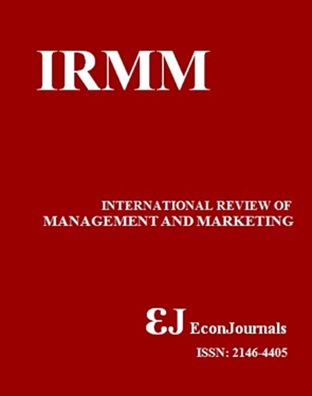Exploring Customer Loyalty in Vietnam’s Digital Banking Industry: Insights from Switching Costs and Alternative Attractiveness
DOI:
https://doi.org/10.32479/irmm.18473Keywords:
Digital Banking, Consumption Value, Satisfaction, Loyalty, Switching Costs, Alternative AttractivenessAbstract
This study investigates the factors influencing customer loyalty in Vietnam's digital banking sector by integrating the Cognitive-Affective-Behavioral model and the Theory of Consumption Values. The research aims to bridge the gap in existing literature by focusing on post-adoption behavior and exploring the drivers of loyalty within the digital banking context. To expand the traditional loyalty framework, the study incorporates switching costs and alternative attractiveness as both mediating and moderating factors that influence the relationship between customer satisfaction and loyalty. Survey data were collected from 544 digital banking users in Vietnam, and higher-order structural equation modeling was employed for analysis. The findings reveal that consumption value, which includes functional, social, emotional, epistemic, and monetary dimensions, has a significant positive effect on customer satisfaction, which in turn strongly impacts loyalty. Additionally, both switching costs and alternative attractiveness play crucial roles as mediators in the satisfaction-loyalty relationship. These insights provide valuable guidance for digital banking providers, emphasizing the need to focus on key consumption values while also managing switching barriers and the competitive threat posed by alternative options to enhance customer retention and loyalty.Downloads
Downloads
Published
2025-06-23
How to Cite
Thach, N. H., Khoi, B. H., Thanh, P. T. K., Thuong, C. T., & Ghi, T. N. (2025). Exploring Customer Loyalty in Vietnam’s Digital Banking Industry: Insights from Switching Costs and Alternative Attractiveness. International Review of Management and Marketing, 15(4), 269–280. https://doi.org/10.32479/irmm.18473
Issue
Section
Articles
Views
- Abstract 41
- FULL TEXT 50




